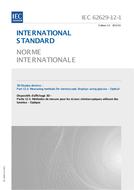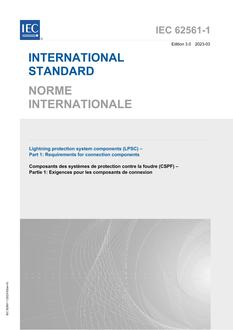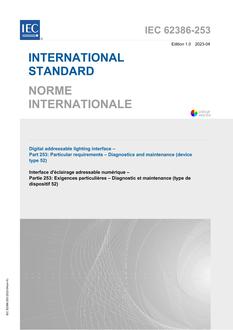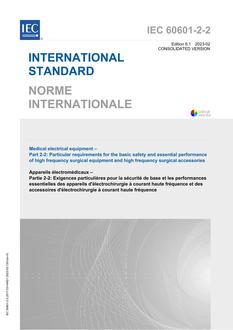Click here to purchase
IEC 62629-12-1:2014 determines the following measuring methods for characterizing the performance of stereoscopic display devices using either active or passive glasses. This standard focuses on the types of stereoscopic displays using glasses as follows:
The types of stereoscopic displays reproducing temporally interlaced images and applicable glasses are:
– displays representing temporally interlaced (high frame rate) images and active glasses (time dividing shutter glasses), and
– displays with front screen switchable polarizer representing temporally interlaced images and linear or circular polarizer passive glasses. The types of stereoscopic displays reproducing spatially interlaced images and applicable glasses are:
– displays with patterned retarder representing spatially interlaced images and linear or circular polarizer passive glasses. Some parts of these measuring methods may also be applied to other types of stereoscopic displays using glasses not listed above.
Product Details
- Edition:
- 1.0
- Published:
- 01/09/2014
- Number of Pages:
- 147
- File Size:
- 1 file , 2.4 MB




